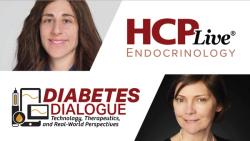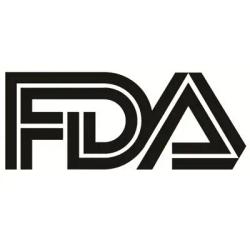
OR WAIT null SECS
Epinephrine Misconceptions Persist in Anaphylaxis Care, With Marcus Shaker, MD
At ACAAI 2025, Shaker dispels epinephrine myths, emphasizing that it is safe, effective, and underused in anaphylaxis care.
During the 2025 American College of Allergy, Asthma & Immunology (ACAAI) Annual Scientific Meeting, Marcus Shaker, MD, MSc, professor of pediatrics and medicine at the Dartmouth Geisel School of Medicine, addressed persistent misconceptions surrounding epinephrine use in anaphylaxis management and how shifting these perceptions could save lives.
According to Shaker, one of the most enduring myths among both clinicians and patients is that epinephrine is dangerous.
“It's not,” Shaker said. “Epinephrine is the first-line treatment of anaphylaxis, and if you're having a severe allergic reaction, it is the recommended approach.”
Another widespread misunderstanding, Shaker noted, is the belief that administering epinephrine automatically requires calling 911. Although activating emergency services may be appropriate in some situations, such as persistent or worsening symptoms, cardiovascular involvement, or a history of severe reactions, it is not always necessary.
“This idea that ‘if I use epinephrine, I have to call 911’ can actually lead to people not using epinephrine. One, because of cost, and two, because of inconvenience, and three, because of fear that epinephrine is dangerous,” Shaker said. “I believe that patients should be empowered to use epinephrine when they are having a severe allergic reaction, and they shouldn't feel that if they use it, they have to call 911.”
He also highlighted the importance of clinician-patient connection, noting that anaphylaxis management in 2025 is increasingly centered on individualized care.
“I think engaging with patients and conversations around what matters to them and how they want to manage their allergy, giving them empowerment and how they manage their allergy, is very important, addressing needle phobia and fear, using novel approaches to deliver lifesaving therapies, improving access,” Shaker said. “Probably the most important thing is that patients and families have a connection with the clinician that they're working with, and they feel heard, and they feel that their values and their preferences matter, because they do. So much of how we manage anaphylaxis and risk for anaphylaxis in 2025 is about connecting with people, understanding what's important to them, because there's so many options [that] we have available now, much more than we used to, and the future is bright.”
A reported disclosure for Shaker includes AIMMUNE THERAPEUTICS.
References
Shaker, M. A Case of Anaphylaxis of Known Cause: When to Test, When to Prescribe Epinephrine, When to Prescribe 911. Presented at ACAAI 2025 in Orlando, Florida, on November 7, 2025.
Related Content:


